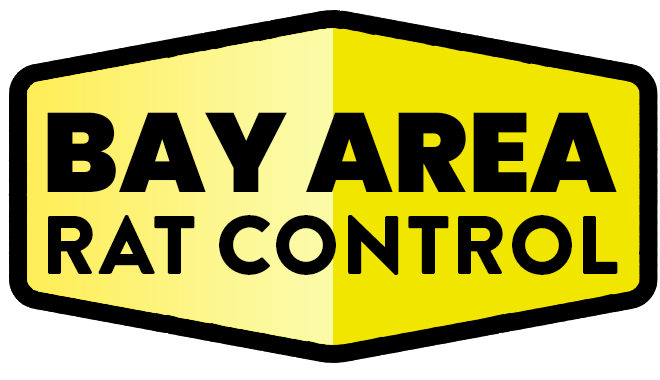Opening Thoughts
Employees play a crucial role in keeping the workplace free of rats. Proper training ensures they recognize signs of infestations, maintain cleanliness, and take preventive actions. This guide highlights the key components of an effective employee training program for rat prevention.
Why Employee Training Is Essential
1. Enhances Workplace Hygiene
- Encourages employees to maintain clean workspaces and handle waste properly.
- Reduces attractants like food debris and clutter.
2. Early Detection of Infestations
- Trained employees can identify and report signs of rat activity, such as droppings or gnaw marks, before infestations worsen.
3. Supports Compliance
- Helps businesses meet health and safety regulations by fostering a team-wide commitment to pest prevention.
Key Elements of a Rat Prevention Training Program
1. Educate Employees About Rats
- Behavior and Risks:
- Explain rats’ nesting habits, foraging behavior, and ability to chew through various materials.
- Highlight the health risks associated with rat infestations, such as disease transmission.
- Signs of Infestations:
- Droppings, grease trails, gnaw marks, and scratching noises.
- Holes or burrows near walls and foundations.
2. Promote Cleanliness
- Food Management:
- Store food in airtight containers.
- Clean up spills and crumbs immediately.
- Avoid leaving food out overnight, including pet food.
- Trash Disposal:
- Use sealed bins for waste and recycling.
- Regularly empty bins to prevent overflow.
- Daily Cleaning Routines:
- Encourage sweeping, vacuuming, and wiping down surfaces, especially in break rooms and kitchens.
3. Encourage Reporting
- What to Report:
- Evidence of rat activity, such as droppings, nests, or damage.
- Structural vulnerabilities, such as holes, cracks, or broken screens.
- How to Report:
- Create a simple system for logging pest sightings or sanitation issues, such as a dedicated app or report form.
4. Focus on Entry Point Management
- Train employees to identify potential entry points, including:
- Gaps under doors or around windows.
- Open vents or poorly sealed utility lines.
- Teach them how to secure these areas, such as using door sweeps or notifying maintenance staff.
Tips for Delivering Effective Training
1. Use Interactive Methods
- Host workshops or hands-on demonstrations for sealing entry points and identifying signs of rats.
- Incorporate quizzes or interactive activities to reinforce learning.
2. Provide Visual Aids
- Use photos or videos to illustrate signs of rat activity and effective prevention measures.
- Display posters in common areas with reminders about proper trash disposal and cleaning practices.
3. Make It Routine
- Include pest prevention as part of onboarding for new employees.
- Schedule regular refresher courses to reinforce best practices.
4. Involve All Departments
- Ensure everyone from maintenance staff to office workers understands their role in rat prevention.
- Tailor training to specific job functions (e.g., kitchen staff vs. warehouse workers).
Common Mistakes to Avoid
- Inconsistent Training:
- Ensure all employees receive the same level of training to maintain consistency.
- Overloading Information:
- Break training into manageable sessions to avoid overwhelming employees.
- Ignoring Follow-Up:
- Regularly monitor compliance and address gaps in implementation.
Benefits of a Trained Workforce
1. Proactive Prevention
- Employees who recognize early signs of infestations can address issues before they escalate.
2. Reduced Costs
- Preventing infestations reduces the need for expensive extermination and repairs.
3. Improved Workplace Environment
- A clean, pest-free workspace boosts morale and demonstrates a commitment to employee well-being.
Final Thoughts
Training employees in rat prevention is a simple yet effective way to safeguard the workplace from infestations. By fostering awareness, encouraging good practices, and empowering employees to act, businesses can maintain a clean and professional environment while protecting their operations from costly pest problems.
Relevant Links/Sources:
Workplace Rat Prevention – CDC
Employee Pest Prevention Training – PestWorld
Creating a Safe Workplace – OSHA
